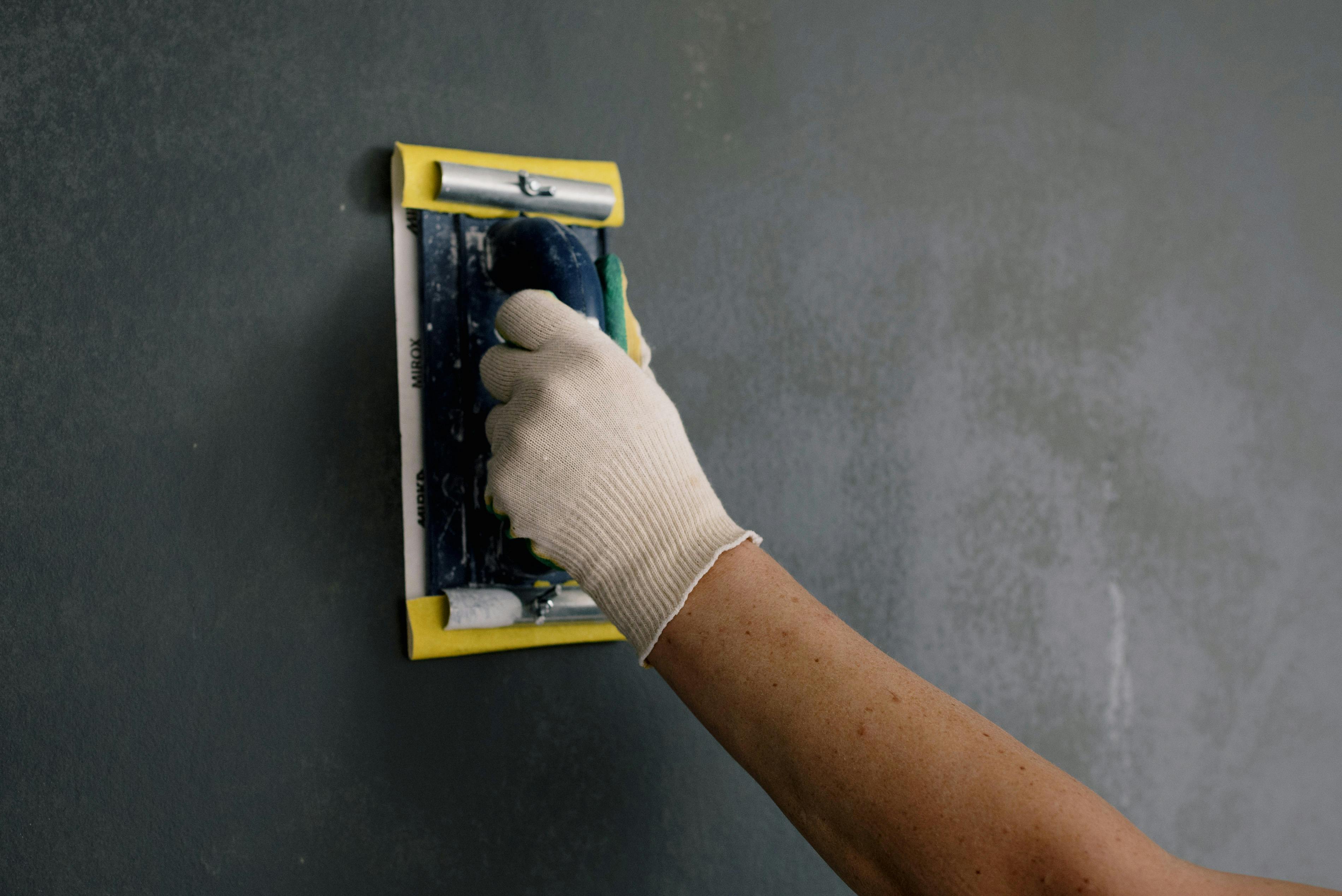Cable Tensioners Can Accommodate Different Cable Diameters
Various factors influence cable tension requirements, including the type and size of the fiber optic cable, installation method (aerial, direct burial, or conduit), and environmental conditions. It is important to adhere to manufacturer guidelines when setting cable tension. This helps prevent sagging, enhances stability, and minimizes signal distortion.
Specialized tension measurement tools help ensure consistent, accurate cable tension during installation and regularly thereafter. These tools measure the actual tension in the cable and alert technicians to any deviations from the desired tension levels. It is also important to account for future expansion of the cable when determining the appropriate cable tension. Failure to do so can result in cable overstretching and potential damage.
During the tensioning process, it is critical to protect the technician and the cable from damage or snags. This can be done by using a cable grip or cable clamp, which firmly holds the cable while the tensioner is being tightened. In addition, the use of a ratchet mechanism on the cable tensioner allows for gradual and precise tensioning that spreads the force evenly over the entire cable length.
In addition to using the right tensioning tool, it is important to have proper safety equipment in place. This includes a hard hat, gloves, and safety harnesses. It is also important to have a tool bag that contains all the necessary equipment and parts for the job. This will make it easier and faster to complete the task, minimizing downtime and reducing costs.

How Cable Tensioners Can Accommodate Different Cable Diameters
A cable tensioner is a tool that helps technicians apply pressure to the cables in an aerial or underground installation to ensure they are properly installed. It can be used on either round or square poles and typically has a ratchet mechanism that allows the technician to gradually and precisely apply the required tension. Ideally, the tool should be designed to withstand high tension forces and distribute them evenly throughout the entire cable length.
It is important to understand that a properly tensioned cable can significantly increase the strength of a structure and reduce the likelihood of failure due to wind or environmental conditions. Therefore, it is crucial to choose a cable tensioner that is rated for the intended application and ensure that all components in the cable railing are constructed to the appropriate standards.
Keeping the openings between cables minimal is recommended in order to streamline compliance with the 4″ sphere test that is commonly used to measure deflection. In many cases, it is possible to meet this requirement by utilizing a 4″ sphere between the last two posts in a well-designed frame. This can be accomplished by incorporating proper spacing between posts and by using a ratchet P-Clamp. These clamps can be easily tightened with a hammer or wrench, and they are available in several different sizes to accommodate varying cable diameters. In addition, they can be used on both round and square poles and can be fitted with washers, nuts, or cap nuts for a secure hold.


